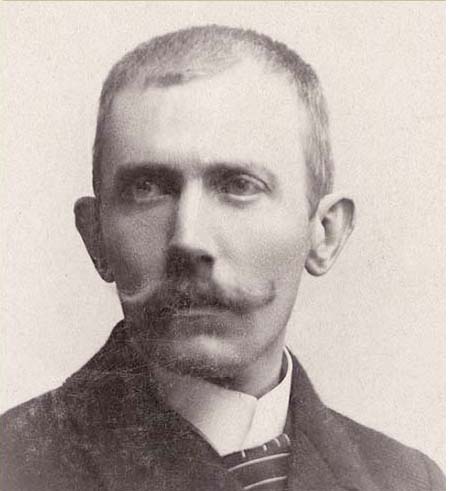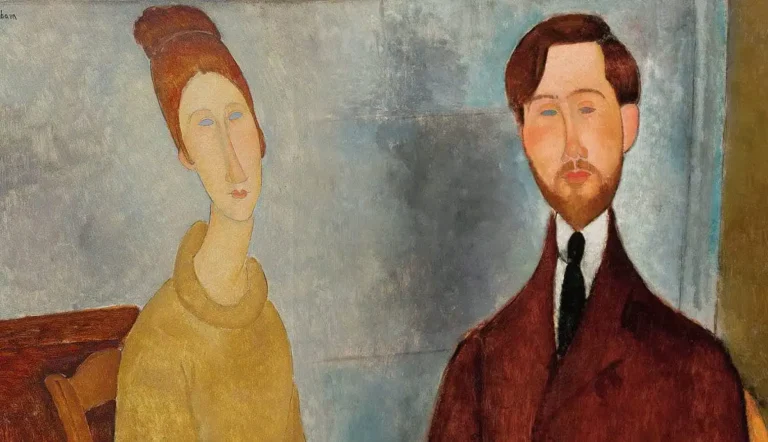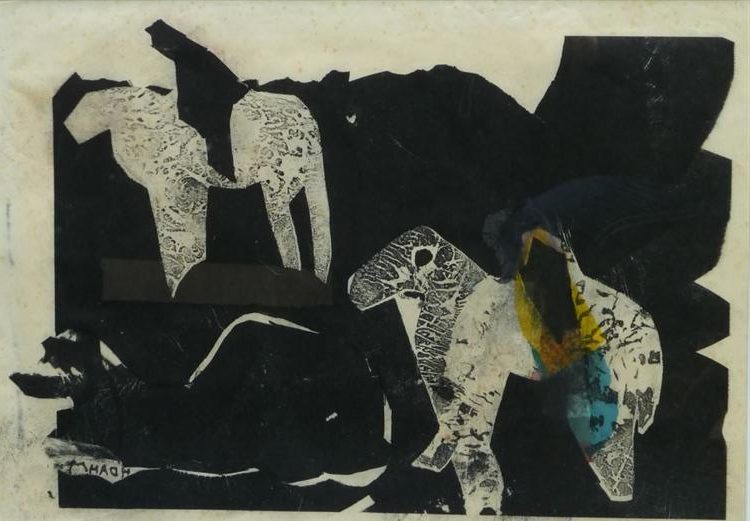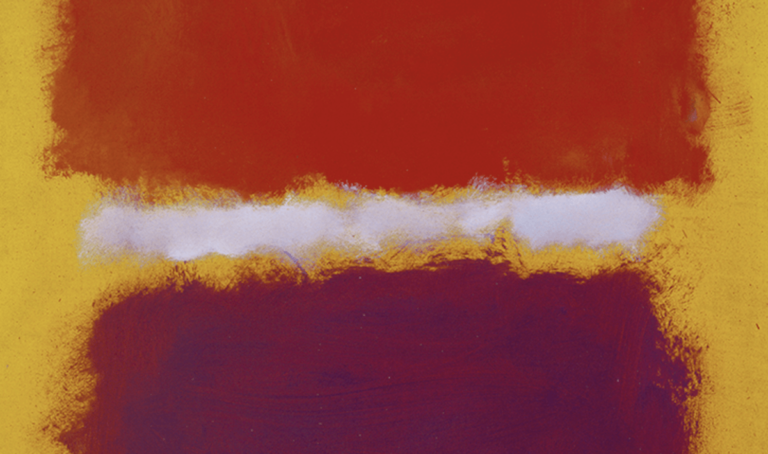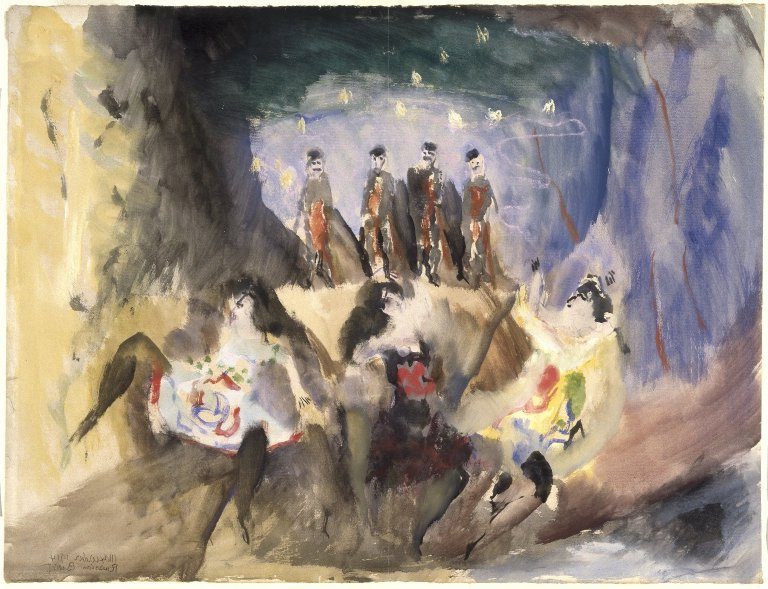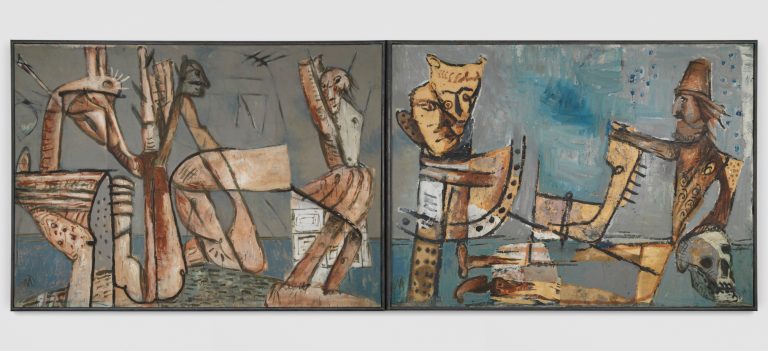Eugène Jansson Painter: Sweden’s Master of Blue Landscapes and Urban Nightscapes
Born: March 18, 1862, Stockholm, Sweden
Death: June 15, 1915, Skara, Sweden
Mouvement artistique : Symbolisme
Nationalité : Suédois
Teacher: Edvard Perséus
Institution: Konstfack University of Arts, Crafts and Design and Royal Swedish Academy of Arts
Eugène Jansson Painter: Sweden’s Master of Blue Landscapes and Urban Nightscapes
Life and Career of Eugène Jansson
Eugène Fredrik Jansson is one of Sweden’s most distinctive painters. His artistic journey was marked by health challenges, a devoted family life, and a remarkable evolution in his artistic style and subject matter.
Vie et éducation précoces
Born on March 18, 1862, in Stockholm, Sweden, Eugène Jansson spent his childhood in the Södermalm district. His early life took a difficult turn when he contracted scarlet fever as a child, which caused health problems that would affect him throughout his life.
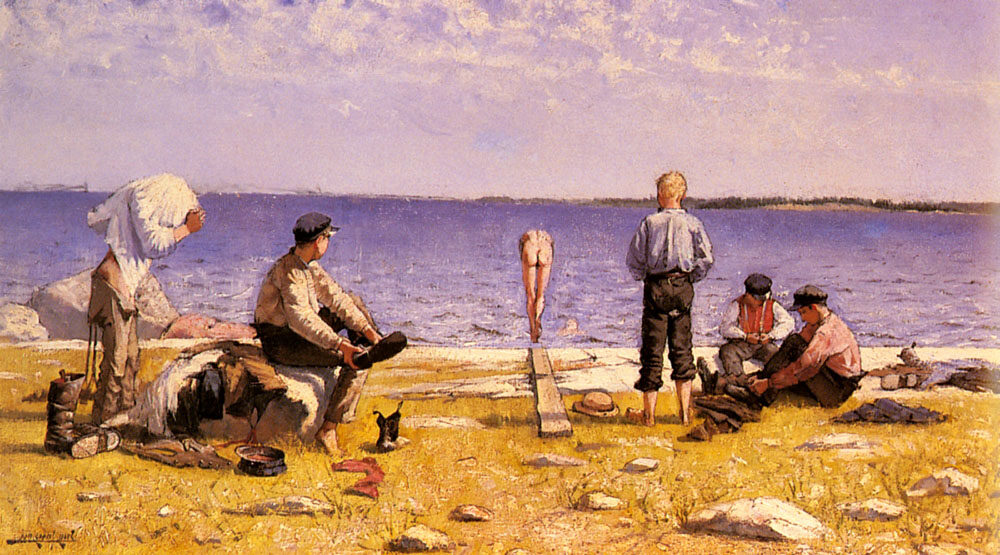
Boys on the Beach, 1884, by Eugène Jansson
Despite these challenges, Jansson pursued his artistic education with determination. He studied at Tekniska Skolan (now known as Konstfack), Stockholm’s University College of Arts, Crafts, and Design.
His formal training continued under the guidance of Edvard Perséus, who helped shape his early artistic approach. Jansson later attended the Royal Swedish Academy of Arts, where he developed a stronger foundation in traditional painting techniques.
Développement artistique et influences
Jansson’s artistic style evolved significantly throughout his career. His early works featured muted tones and realistic urban scenes, but he gradually developed a more distinctive approach characterized by bold blue tones.
By the 1890s, Jansson became known for his atmospheric cityscapes of Stockholm, especially night scenes dominated by blue hues. These works earned him the nickname “the Blue Painter” among art critics and collectors.
Around 1904, Jansson made a dramatic shift in his subject matter. After decades of painting landscapes and cityscapes, he began focusing almost exclusively on male figure studies, particularly athletic men in swimming pools and gymnasiums.
His work shows influences from both Swedish national romanticism and symbolism. Art historians note that his unique style bridges 19th-century romanticism and early 20th-century modernism in Swedish art.
Health Struggles and Personal Life
Jansson’s childhood scarlet fever left him with chronic kidney problems and poor eyesight that plagued him throughout his life. These health issues often limited his artistic output but perhaps contributed to the introspective quality of his work.

Le Bal des marins, 1912, by Eugène Jansson
He never married and lived most of his life with his mother and younger brother, Adrian Jansson. This close family unit provided stability during his periods of ill health. His brother often served as his companion and supporter throughout his career.
Recent scholarship has explored Jansson’s homosexuality, which he kept private during his lifetime due to the social climate of early 20th-century Sweden. This aspect of his identity may have influenced his later works featuring male figures.
Jansson maintained a serious, often melancholic demeanor, though he was respected by fellow artists. He died relatively young on June 15, 1915, in Skara, Sweden, at age 53. His art collection was preserved, ensuring his legacy in Swedish art history.
Thèmes et techniques artistiques
Eugène Jansson’s art evolved dramatically throughout his career, moving from his iconic blue cityscapes to his later focus on athletic male figures. His work demonstrates distinctive techniques and recurring motifs that made him a unique figure in Swedish art history.
The Blue Tone Period
Jansson earned the nickname “Blåmålaren” (the Blue Painter) for his distinctive use of blue tones in his Stockholm cityscapes. During this period from the mid-1890s to around 1907, he developed a unique painting technique using thin layers of paint to create luminous effects.
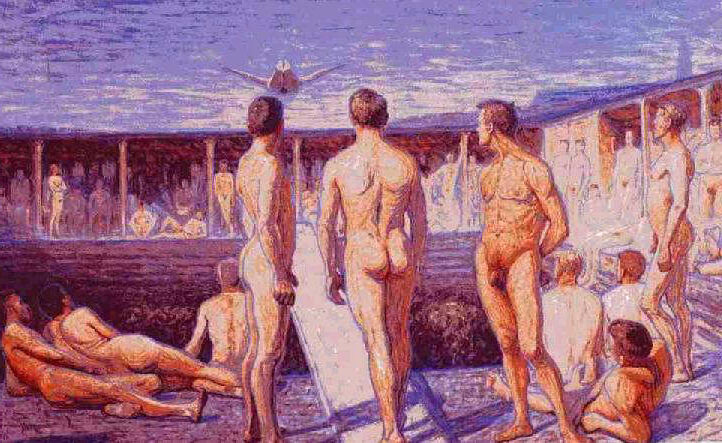
Bathing Scene, 1908, by Eugène Jansson
His night scenes featured gradations of blue that captured the mysterious quality of twilight and darkness over Stockholm. The artist often depicted the city from elevated viewpoints, showing winding streets and glowing lights against deep blue skies.
Jansson’s brushwork during this period became increasingly bold and expressive. He simplified forms and emphasized rhythmic patterns, sometimes approaching abstraction in his treatment of light and shadow.
Focus on Male Nudes
After 1907, Jansson abandoned his cityscapes completely and shifted to painting athletic male nudes. This dramatic change in subject matter coincided with his membership at the Flottans Badhus, a naval bathhouse in Stockholm.
His nude studies emphasized muscular young men engaged in swimming, wrestling, and other physical activities. These works featured strong anatomical detail and a celebration of the male physique that reflected both artistic interest and personal expression.
Unlike his earlier works, these paintings used a brighter palette and a more naturalistic approach. The homoerotic undertones in these works were subtle but present, reflecting Jansson’s own identity at a time when such expressions were socially restricted.
Incorporation of Nordic Landscapes
Throughout both major periods of his work, Jansson incorporated elements of Nordic landscapes. Even in his cityscapes, the natural environment of Stockholm with its hills and water views played a crucial role.
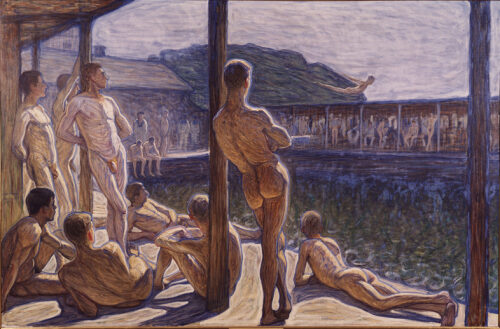
Naval Bathhouse, 1907, by Eugène Jansson
His treatment of light was particularly significant in capturing the unique quality of Nordic skies. Jansson portrayed the distinctive atmospheric conditions of Sweden—long summer evenings and the crystalline quality of northern light.
In later works featuring male figures, natural settings like beaches and swimming areas formed important backdrops. These landscapes were simplified but maintained a connection to the specific character of Swedish coastal environments.
Héritage et réception
Eugène Fredrik Jansson left a distinctive mark on Swedish art history through his unique blue cityscapes and later nude male figures. His work continues to influence artists and captivate audiences in major collections across Nordic countries.
Contributions to Swedish Art
Jansson’s distinctive night-time landscapes dominated by blue tones earned him the nickname “Stockholm’s blue painter.” His artistic style evolved from atmospheric cityscapes to studies of male figures, particularly at the Naval Bath House. This transition represents an important development in Swedish art during the early 20th century.
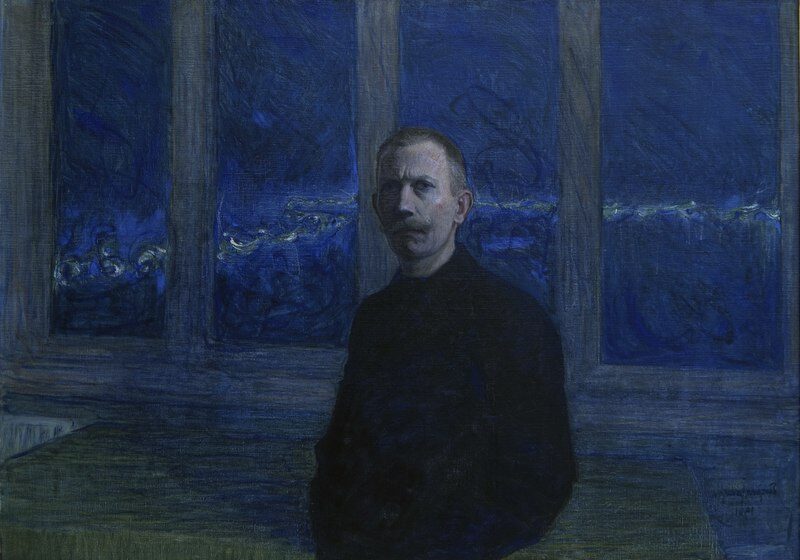
Self-Portrait, 1901, by Eugène Jansson
Jansson’s work shows influences from European movements while maintaining a distinctly Nordic sensibility. Unlike contemporaries such as Edvard Munch who focused on psychological expression, Jansson emphasized aesthetic beauty and atmospheric qualities.
His technical approach to light and color created a bridge between Impressionism and early Modernist movements in Scandinavian art. The distinctive blue evening skies in his Stockholm scenes remain his most recognizable artistic signature.
Representation in Museums and Collections
Jansson’s works are prominently featured in prestigious institutions across Sweden and beyond. Prins Eugens Waldemarsudde holds significant pieces from both his blue period and later nude studies.
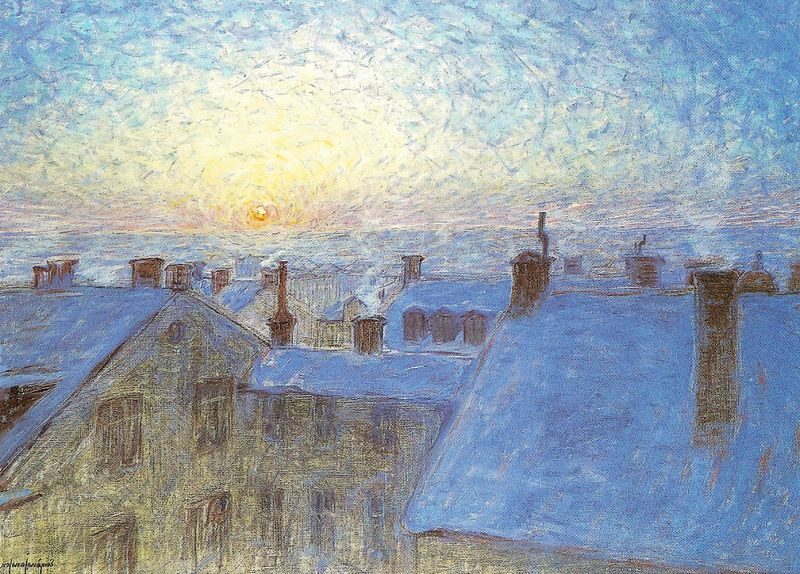
Sunrise over the Rooftops, 1903, by Eugène Jansson
Other major collections including his work:
- National Museum of Sweden
- Gothenburg Museum of Art
- Thielska Galleriet in Stockholm
- Nordic Museum
Art historians place Jansson among important Scandinavian artists of his era, though he remains less internationally known than figures like Munch or Carl Larsson. His paintings appear in specialized exhibitions on Nordic art and male figurative painting.
Museum curators recognize the technical quality and historical importance of Jansson’s work. High-quality reproductions of his blue cityscapes have become popular decorative elements in Scandinavian design contexts.
Questions fréquemment posées
Eugène Jansson’s artistic journey reveals fascinating themes, techniques, and influences that many art enthusiasts find intriguing. His unique style and contribution to Swedish art continue to spark questions among those who appreciate his work.
What are the major themes in Eugène Jansson’s artwork?
Jansson’s artwork primarily revolved around night-time landscapes and cityscapes of Stockholm. His early career, often called his “blue period,” featured atmospheric views dominated by rich blue tones.
After 1904, Jansson shifted dramatically to painting male figures. He focused on athletic male bodies, particularly gymnasts and sailors, marking a significant thematic change in his work.
This transition reflects both his artistic evolution and possibly his personal identity, as some art historians note the homoerotic nature of his later works.
How has Eugène Jansson contributed to the development of painting in the early 20th century?
Jansson helped bridge 19th-century romanticism with early modernist approaches. His distinctive use of color and light predated many expressionist techniques that would become popular in the 20th century.
His early urban landscapes captured the changing face of Stockholm during industrialization. These works documented a city in transition while experimenting with mood and atmosphere.
Jansson’s later focus on the male form contributed to the development of figure painting that broke from academic traditions. His work represents some of the earliest self-consciously queer art in Western painting.
Can you detail the stylistic evolution of Eugène Jansson’s paintings?
Jansson began with impressionistic urban landscapes characterized by limited color palettes. His early style emphasized atmospheric effects through layers of blue pigments.
Around 1904, a dramatic shift occurred when he abandoned landscapes entirely. He began studying anatomy and devoted himself to figure painting, particularly athletic male nudes.
His brushwork evolved from soft, blended techniques to more defined strokes. Throughout both periods, Jansson maintained a preference for strong contrasts between light and dark, creating powerful visual impact.
What is the significance of Eugène Jansson’s ‘blue period’ in his artistic legacy?
The “blue period” established Jansson’s reputation as a leading Swedish painter. These blue-toned cityscapes of Stockholm became his most recognized and celebrated works.
These paintings captured the mysterious quality of Nordic nights through monochromatic blue palettes. Jansson’s ability to create depth and emotion with limited color demonstrates his technical mastery.
This period reflects his deep connection to Stockholm and his skill in transforming ordinary city views into poetic, almost mystical scenes. The works from this time remain his most frequently exhibited and discussed pieces.
Which museums or galleries house the most significant collections of Eugène Jansson’s works?
The Thiel Gallery in Stockholm holds an important collection of Jansson’s paintings. Banker and art patron Ernest Thiel was one of Jansson’s key supporters.
The National Museum of Sweden maintains several significant works by Jansson. These include examples from both his landscape period and his later figure paintings.
Regional Swedish museums, particularly in Stockholm, also display his works. International collections occasionally feature his paintings, though the majority remain in Swedish institutions.
Could you discuss the influence of Stockholm’s cityscapes on Eugène Jansson’s body of work?
Stockholm’s geography, with its islands and waterways, provided Jansson with dramatic vantage points. He frequently painted elevated views of the city, emphasizing its relationship with water.
The city’s distinctive northern light, especially during twilight hours, shaped Jansson’s color sensibility. His famous blue paintings capture Stockholm’s unique atmospheric qualities.
Jansson often depicted Södermalm, his working-class neighborhood, giving visibility to areas less represented in fine art. These urban landscapes show both aesthetic appreciation and social awareness of Stockholm’s evolving identity.


